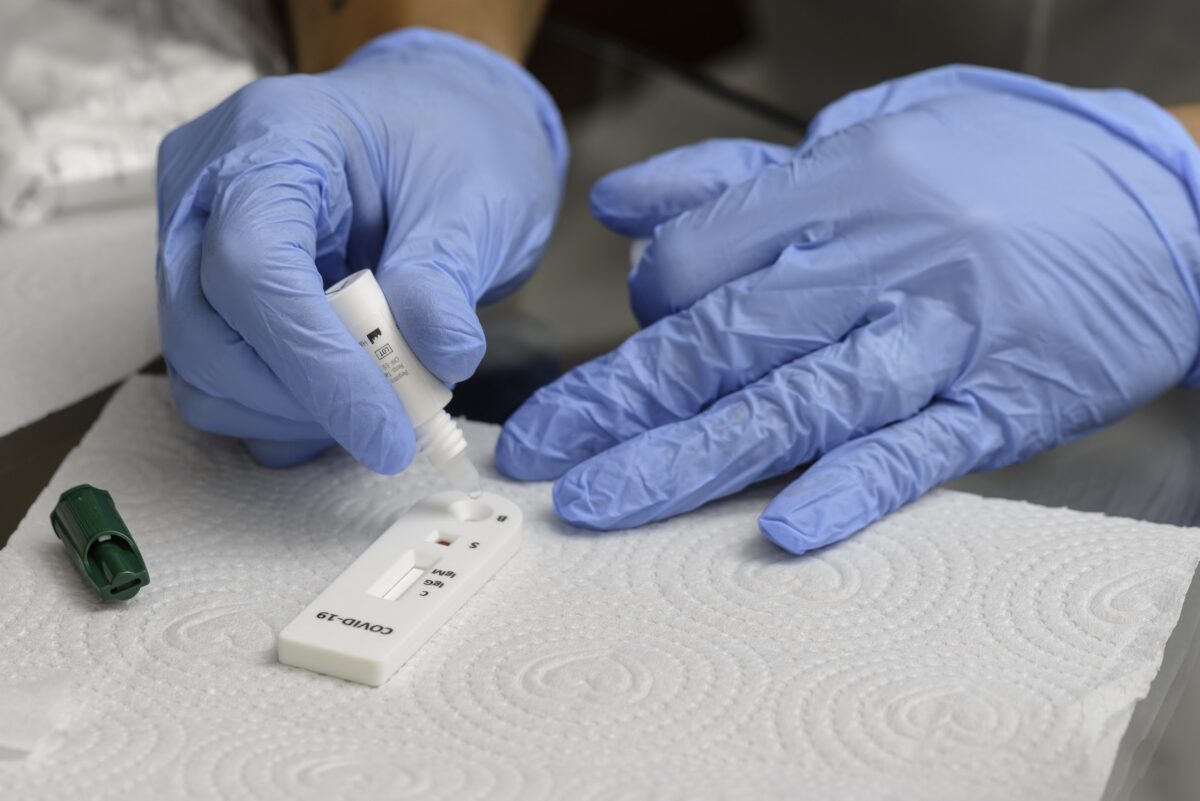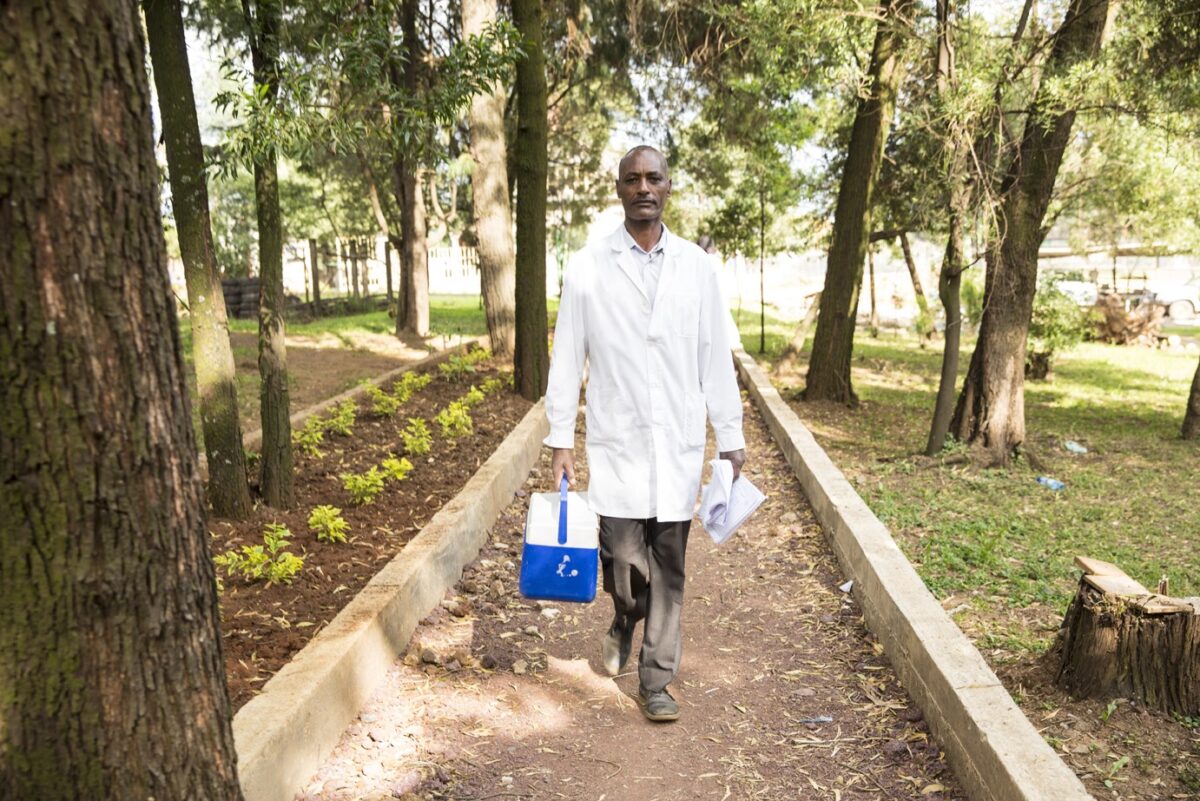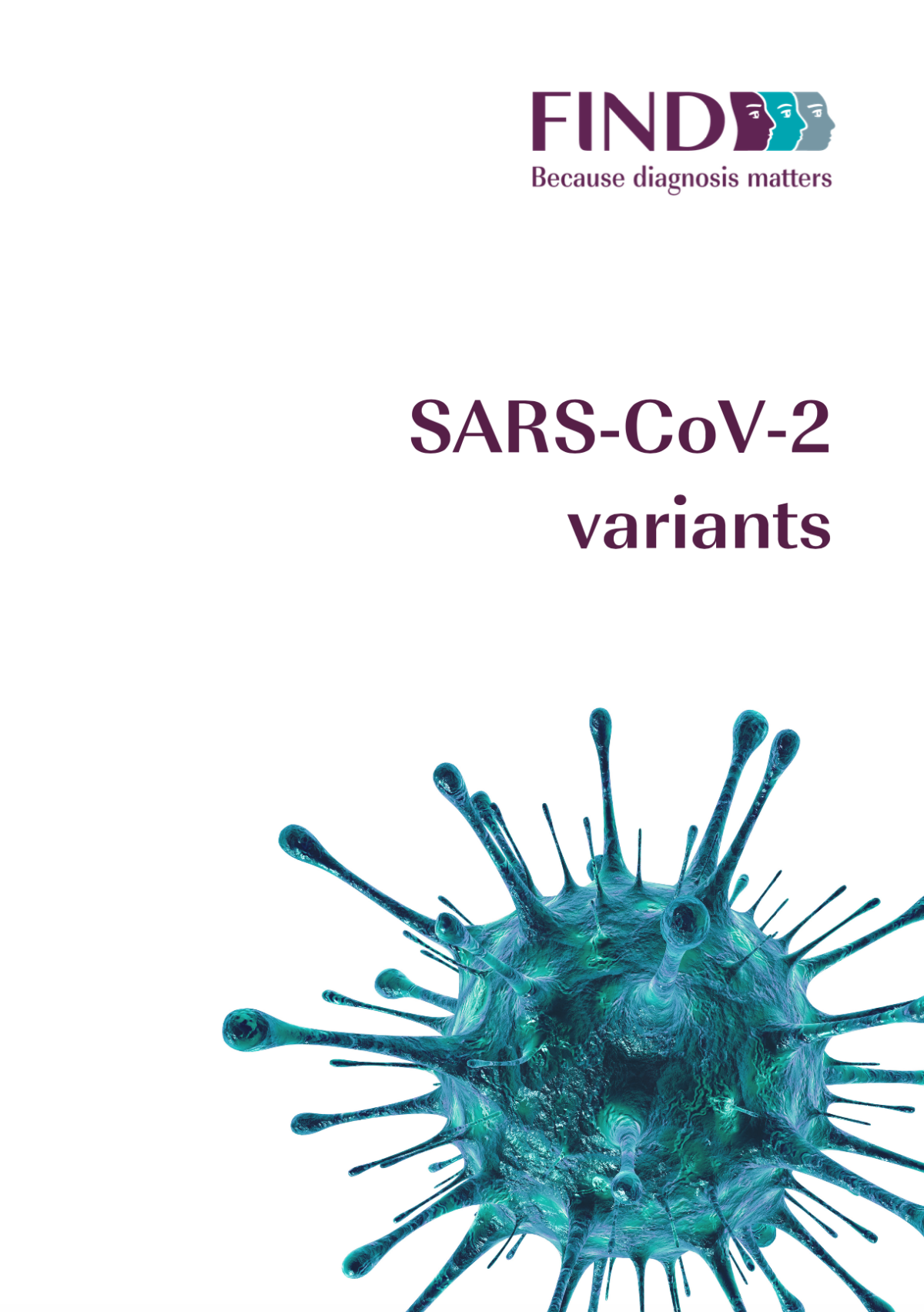FIND chooses four firms with promising new platforms for decentralized diagnosis of COVID-19 and other illnesses.
FIND is investing US$21-million to speed the development, manufacturing and launch of affordable, multi-pathogen, molecular diagnostic platforms.
These platforms are specifically aimed at decentralized settings in low- and middle-income countries (LMICs), and will detect different respiratory pathogens, including COVID-19.
FIND launched the request for proposals in August 2021, in the context of the Access to COVID-19 Tools (ACT) Accelerator diagnostics pillar, which it co-leads.
The submission deadline was September and the successful firms announced on December 2021.
The four firms are:
- Biomeme, Inc (USA)
- Bioneer Corporation (Republic of Korea)
- Qlife Holding AB (Sweden)
- SD Biosensor, Inc (Republic of Korea).
The German Federal Ministry of Education and Research (BMBF) is funding the investments through KfW and other donors.



